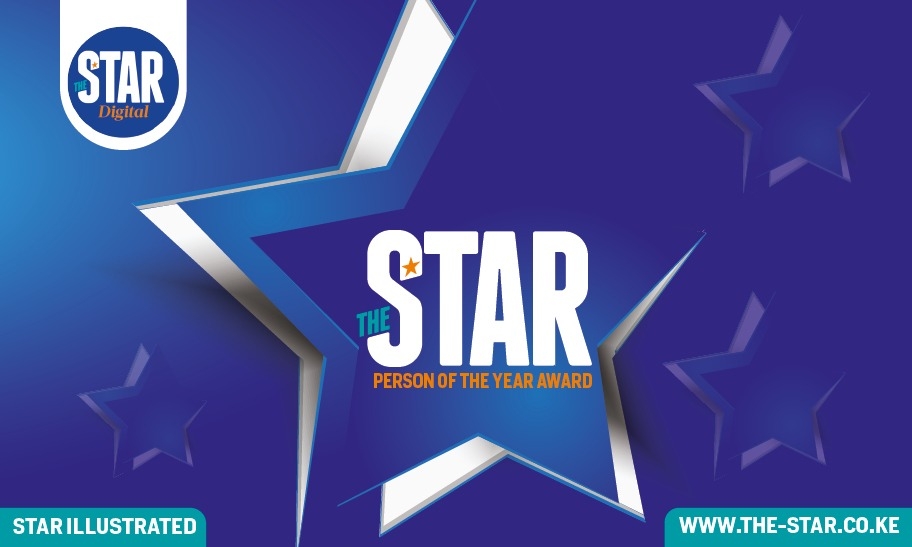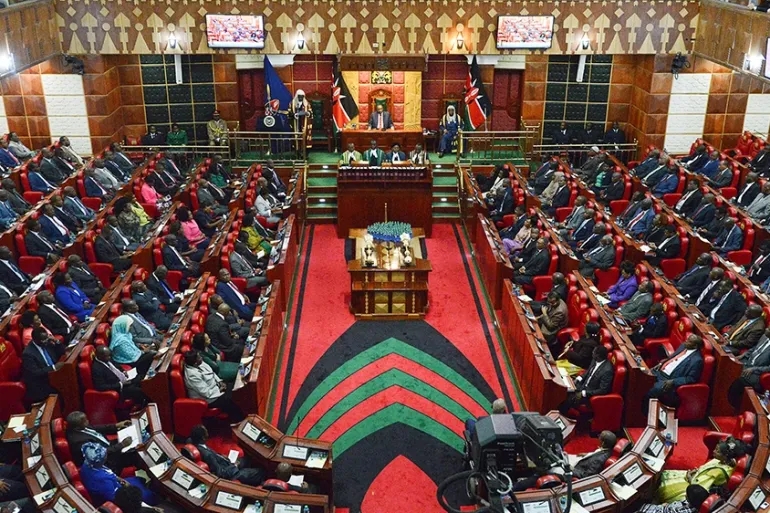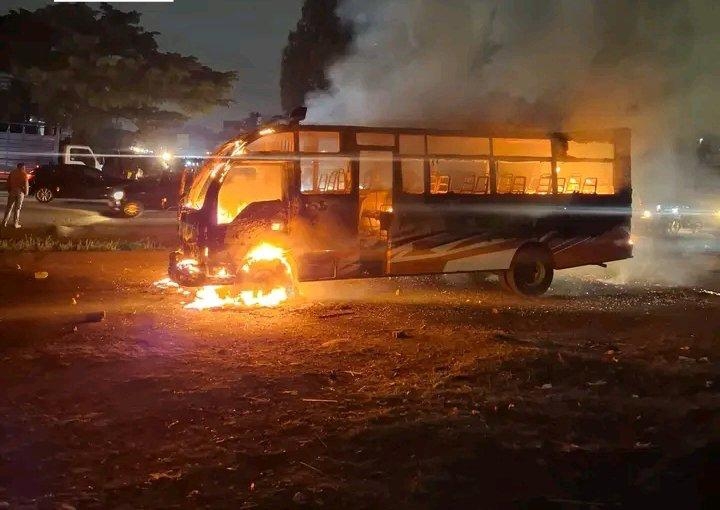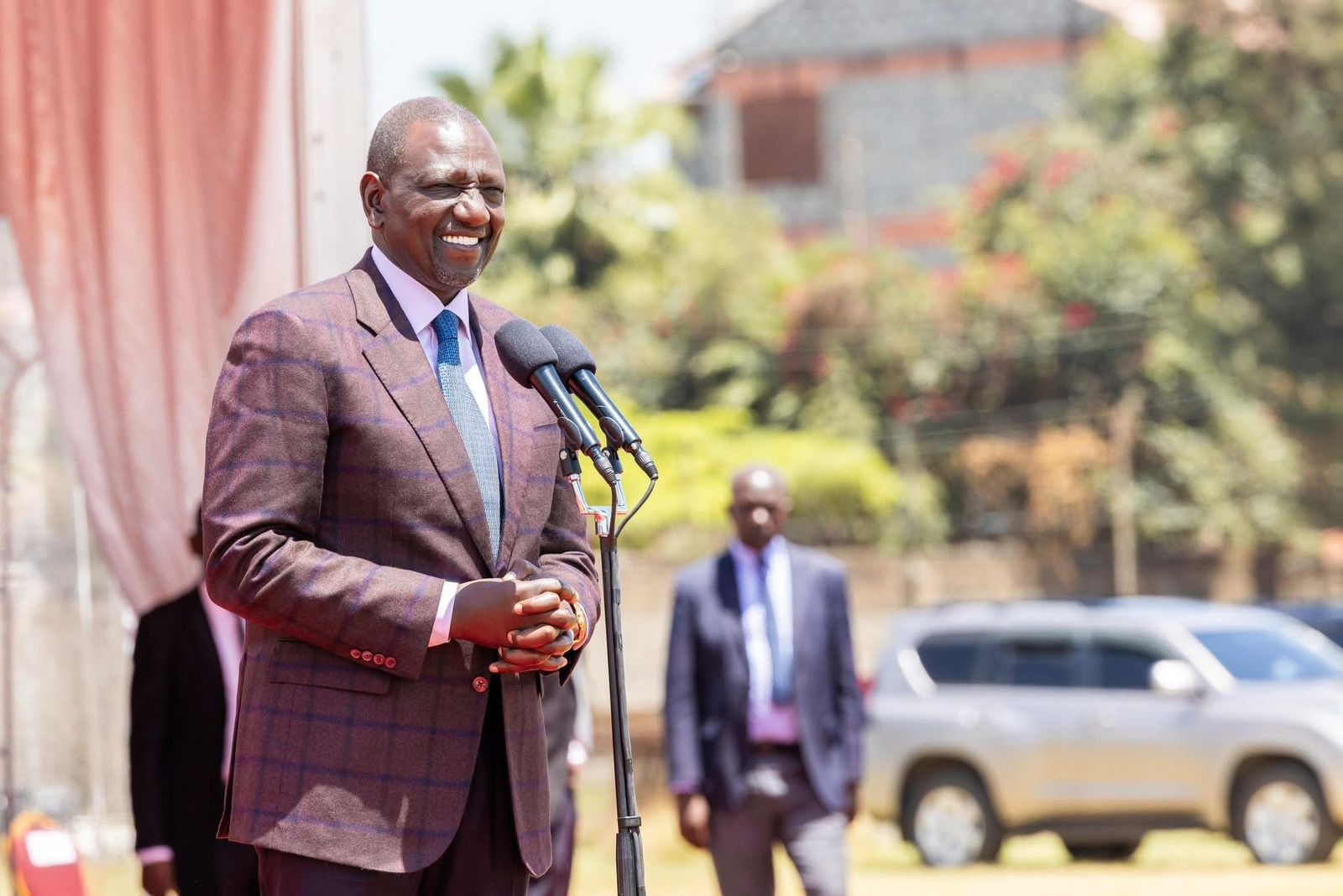Just half of the five million pouches of blood needed for transfusion each year in the African region is collected, leaving many—particularly pregnant women and children— facing life-threatening shortages.
One of the critical requirements for blood transfusion is in saving the lives of women who suffer severe bleeding during pregnancy, delivery or after childbirth. Such haemorrhage can be fatal within two hours if untreated.
Of the 196,000 women who die each year in sub-Saharan Africa from pregnancy and childbirth-related complications, a third die from bleeding (obstetric haemorrhage).
Pregnant women need blood transfusions to treat anaemia or bleeding due to pathologies in some pregnancies. Half of the maternal deaths from severe bleeding in the world occur in sub-Saharan Africa and about 65 per cent of these deaths occur after birth.
The mortality ratio per 100 000 live births in the region stands at 542 compared with 10 per 100 000 live births in Europe.
Up to 75 per cent of these maternal deaths are directly due to five complications: haemorrhage, sepsis, eclampsia, obstructed labour, and abortion complications. Most of these complications require timely availability of blood to save the life of the mother and the child.
While the need for blood is universal, access for all those who need it is not. Blood shortages are particularly acute in developing countries. For example, Kenya only collects less than a quarter of the 500,000 to one million units of blood needed every year.
While blood transfusion is supposed to be free in most public hospitals, it is not uncommon for patients in private hospitals to be charged between Sh5,000 to Sh10,000 for a unit of blood.
The average cost of collecting, testing and storing a unit of blood in Kenya is estimated to be Sh10,000.
In instances where a patient requires blood, family and friends are asked to donate blood. It is not uncommon for people to appeal for blood donation on social media as the country battles with logistical problems, cultural barriers and a lack of information that deters many people from donating blood.
It is also not uncommon for some hospitals to refuse to give a patient a blood transfusion unless a blood donation is made on that patient’s behalf.
This dire situation has given rise to the illegal sale of blood and blood products by cartels working with officials in blood banks.
To improve the supply of safe blood in Africa, World Health Organisation (WHO) is collaborating with organisations such as the Coalition of Blood for Africa, the Organisation of African First Ladies for Development and the private sector to improve access to quality blood supplies.
The WHO has also partnered with Facebook to set up a Regional Blood Donations feature, which connects people with nearby blood banks. The tool is now live in over 12 countries including Kenya and over 3.8 million Facebook users have signed up to be notified of blood donation opportunities.
In different countries, social technologies have been developed and are being utilised to address this chronic shortage. The effectiveness of these technologies varies from country to country.
In 2021, the Kenya National Blood Transfusion Service announced that it was launching a system to seal the loopholes exploited by blood cartels to siphon donated blood.
The following are some of the different technologies that have been developed and are being implemented:
Damu Sasa
Damu-Sasa is a Kenyan health-tech startup that works across the blood ecosystem. It connects hospitals with blood banks or donors and assists in screening, tracking, storage, distribution, preparation of blood products, and inventory management.
It was established by Francis Kilemi and Aaron Ogunde in response to the gap they saw when the government appealed for blood donations to save survivors of the Westgate terror attack in 2013.
Thousands of people all over the country responded to the government's appeal but due to logistical challenges, only those who were in Nairobi could donate.
With help from Kenya’s Information and Communication Technology Authority, the startup piloted the project in Kenyatta Hospital in 2017. Since then, their reach has spread to over 100 hospitals across Kenya.
Lifebank
This was founded by Temie Giwa-Tubosun, in 2016, who after suffering complications during pregnancy and needing a blood transfusion while in the United States, was inspired to set up the initiative to connect blood banks with hospitals and their patients.
Since its inception, the startup has reportedly served over 500 hospitals. It has expanded its operations to Kenya and also provides other medical supplies like oxygen and blood products. Lifebank technology was deployed for the smart blood bank at Mama Lucy Kibaki Hospital in Nairobi in 2021.
Red bank
Founded in 2014 by Francis Adereti, Toluwanimi Adeyanju, and Tunde Ojediran, Redbank functions quite similarly to Lifebank. Apart from the mobile app, users can send blood requests via SMS and voice calls.
Redbank, which has partnered with the Nigerian Red Cross Society and the Blood Bank Society of Nigeria, matches received requests with the appropriate blood banks.
Redbank does not handle deliveries. It only provides information on which blood banks have the blood that is needed.
Haima Health Initiative
Haima Health Initiative (HHI) was started by Nigerian lawyer, Bukola Bolarinwa and Nkechi Azinge, founder of the Sickle Cell Aid Foundation. Individuals with the condition require frequent blood transfusions. The initiative organises monthly blood donation drives and emergency response for patients in need of blood transfusions across six states in Nigeria.
Through a 24-hour telephone helpline, WhatsApp, and online database, HHI connects voluntary blood donors to patients in need of blood. The initiative maintains an online voluntary blood donor register and also holds regular public awareness campaigns to educate and encourage people to donate blood.
Hope
An initiative in Senegal, was established to foster blood donation and compensate for shortages. Launched in 2017, the platform uses ICT (SMS, email, applications) to create a network of blood donors and public awareness campaigns. It also maintains an online registry of voluntary blood donors.
While technology can help mitigate against some of the logistical challenges that face blood donor services in Kenya and Africa as a whole, the most urgent need is for citizens — those aged between 16-65 years— to become regular donors.
They will not only be saving lives but also enjoy the health benefits that come from donating blood. These benefits include reducing excess iron levels in the blood thereby preventing hemochromatosis, a condition which can increase the risk of cardiovascular diseases including heart attack and stroke.
Donating blood can also help with the early detection of certain health conditions, such as anaemia or infectious diseases, which may otherwise go unnoticed.
After donating blood, the body produces new cells to enhance overall health and works towards replacing the volume of blood lost within 48 hours of donation.
Most of the people who donate their blood tend to recover fast from their diseases and even live longer. Blood donation also helps in weight loss and in maintaining a healthy liver, which reduces the risk of cancer.
As we celebrate this year’s World Blood Donor Day, let's all put into practice this year’s theme — Give blood, give plasma, share life, share often.
If you want to register as a blood donor, you can do it here. You can also learn more about blood donation from the Kenya Blood Transfusion and Transplant Service.
Facts about blood donation I am too old to donate blood?
People who are older than 16 years, weigh more than 50kgs, are healthy and have a blood haemoglobin level of 12.5g/dl can donate blood.
In Kenya, blood donors should be between 16 and 65 years old.
However, people who have donated blood before can continue to provide blood until the age of 70.
Is there only one type of blood donation?
There are four ways you can donate blood. Each of them is important for saving lives.
- Whole blood: This is the most common and traditional method. A pint of blood (about half a litre) is drawn. It contains red and white blood cells, platelets, and plasma.
- It’s mainly used for trauma and surgery. The shelf life is 21-35 days. This is the quickest and easiest donation.
- Platelet donation: Platelets are small cell fragments in the blood that help stop or prevent bleeding. They are made in the bone marrow and their shelf life is only five days.
- They are used for surgeries, transplants, and to help cancer patients get through chemo. You can donate platelets every seven days.
- Plasma donation: Plasma is the liquid portion of your blood that transports water and nutrients to your body’s tissues.
- Donations can last up to a year and are used to help burn victims and those with bleeding disorders. You can donate every 28 days.
- Double red cells donation: This is when only red cells are collected. The donation lasts up to 42 days.
- Red cells are used for trauma, surgery, anaemia, blood loss and disorders such as those suffering from Sickle Cell disease. You can donate every 112 days.
This story has been produced with the support of The Africa Women Journalism Project (AWJP)













